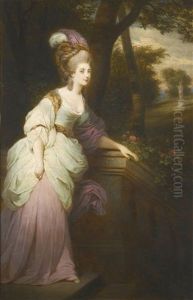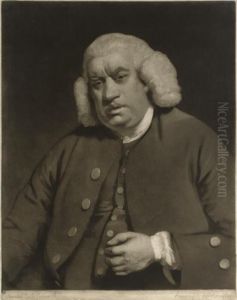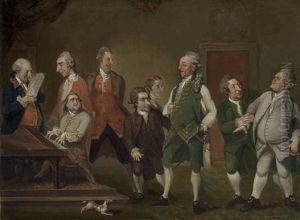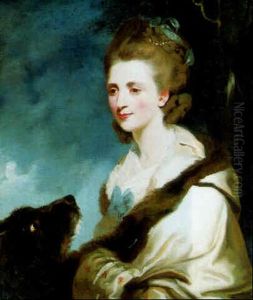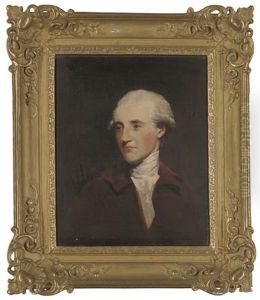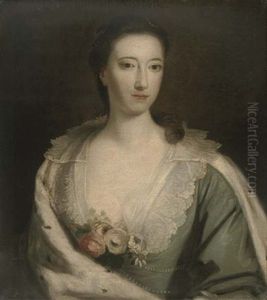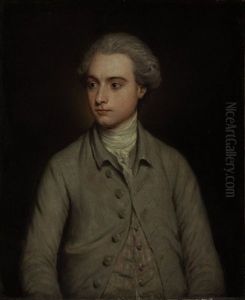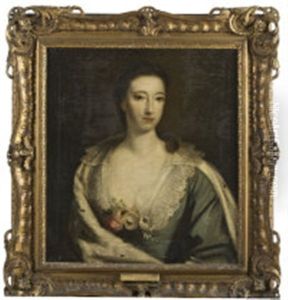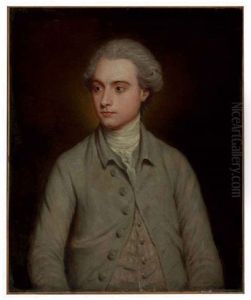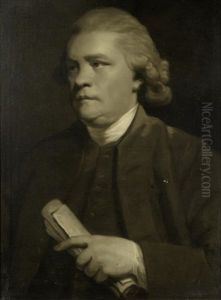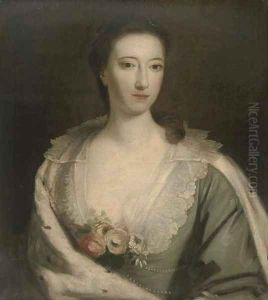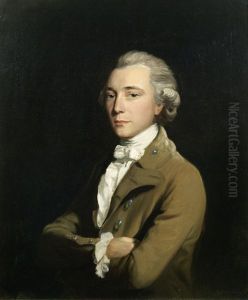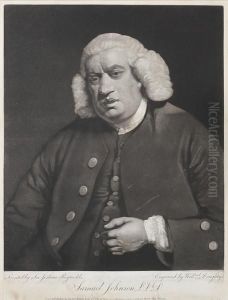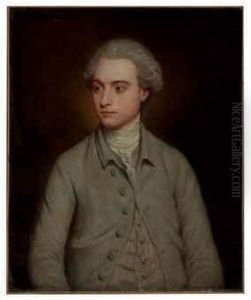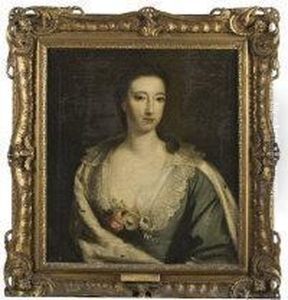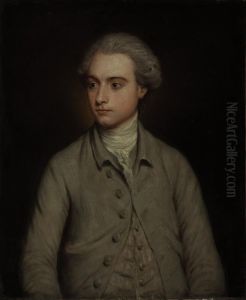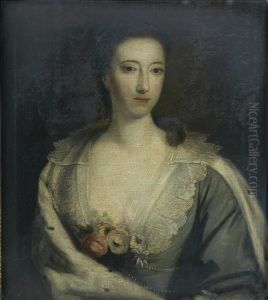William Doughty Paintings
William Doughty was an English portrait painter whose life and career, though brief, left a mark in the annals of 18th-century British art. Born in 1757, Doughty's artistic journey began at a young age, showing early promise in the realm of portraiture. He was primarily active during a period in British art that was dominated by figures like Sir Joshua Reynolds and Thomas Gainsborough, whose influences are evident in Doughty's work. Despite the formidable competition, Doughty managed to carve out his own niche, showcasing a unique style that blended classical elegance with a nuanced understanding of his subjects.
Doughty's career, while promising, was cut tragically short. He died in 1782, at the young age of 25. In his brief career, he achieved a notable feat by being appointed as a draughtsman to Captain James Cook on his third voyage to the Pacific Ocean. This appointment not only highlights Doughty's skill as an artist but also his adventurous spirit, willing to embark on a perilous journey that promised new scenes and subjects for his art. Unfortunately, Doughty's time on the voyage ended prematurely due to disagreements, and he returned to England where he continued his work until his early death.
Despite his short life, William Doughty left behind a body of work that reflects the vibrancy and diversity of the late 18th century. His portraits, though not as widely recognized as those of his contemporaries, provide a glimpse into the period's aesthetic and social dynamics. Doughty's use of light, texture, and composition demonstrates his mastery of the medium and his ability to capture the essence of his subjects with sensitivity and depth. Today, Doughty's work is appreciated by art historians and collectors who recognize his contribution to the development of British portrait painting. His legacy, though overshadowed by the giants of his time, remains an important chapter in the history of art, reminding us of the talent and potential that was lost with his untimely death.
